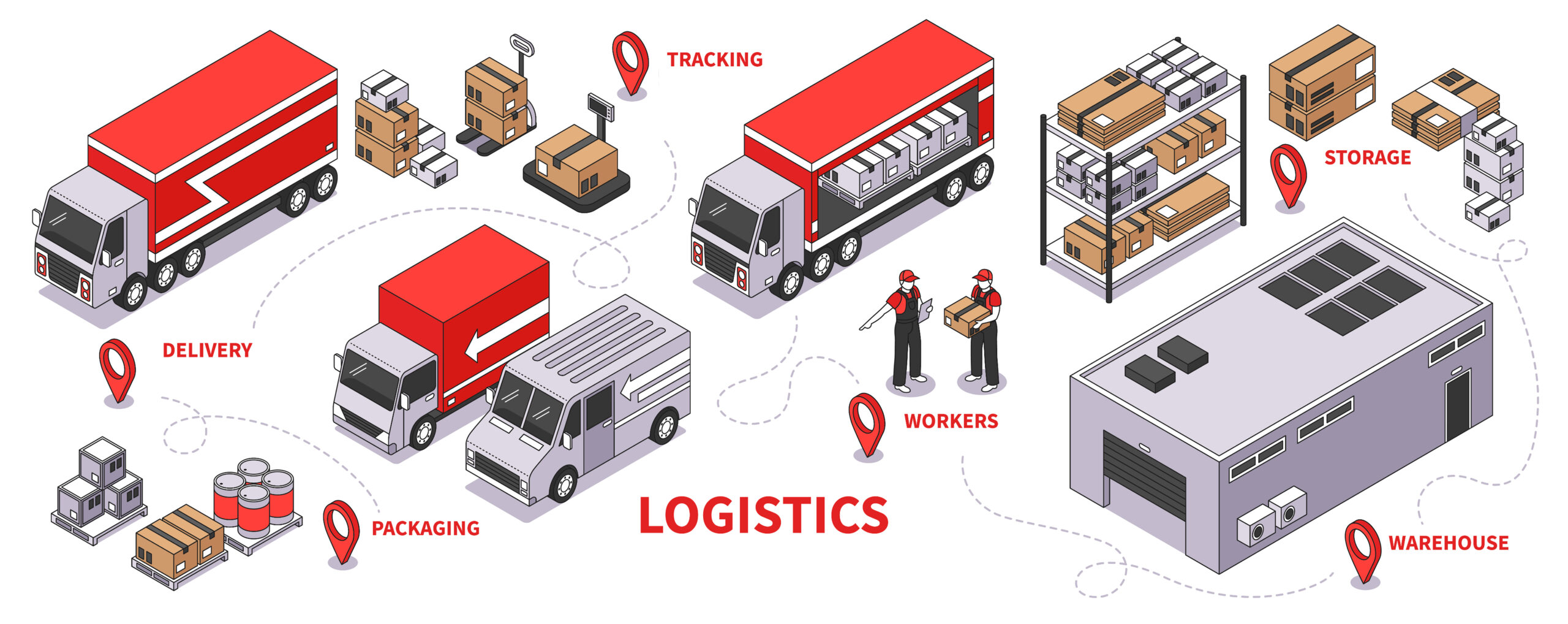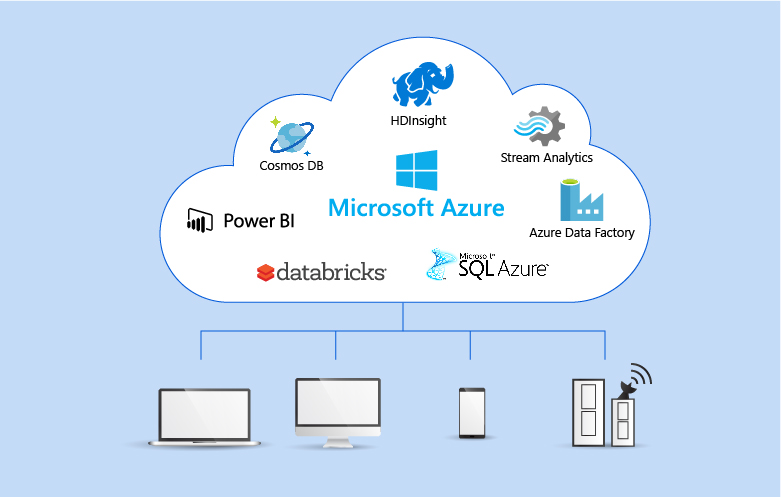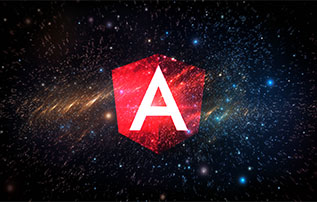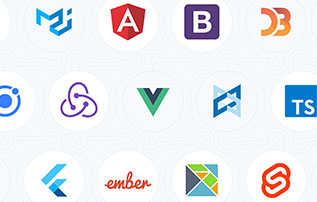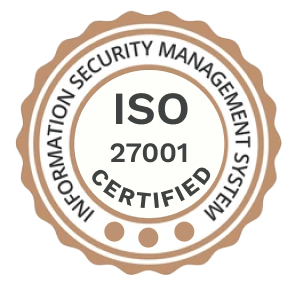Build Scalable, Flexible, and Resilient Microservices
At Techbit Solutions, we specialize in designing and developing microservices architectures that enable your applications to be modular, scalable, and easy to maintain. Our microservices solutions help you break down complex systems into manageable components, accelerating development and improving reliability.
Micro Service Development
What is Micro Service Development?
A decade ago, most web apps were built as single, large systems—difficult to scale or update. Microservices changed this by allowing software to be broken into smaller, manageable, and independent components.

Microservice development is a method of designing software systems as a collection of small, independent services that communicate with each other through APIs. Each microservice handles a specific business function and can be developed, deployed, and scaled independently. This architecture enhances agility, simplifies debugging, and makes it easier to adopt new technologies for individual services. Companies like Netflix, Amazon, and Uber use microservices to handle millions of user interactions smoothly and efficiently. It’s now a key strategy for building resilient, cloud-native applications.
Our Microservice Development Services Include
Why Choose Techbit Solutions for Microservice Development?
How does a Web Application Work?
Web applications are accessed over a network and need not be downloaded. Instead, users can access web applications through browsers like Google Chrome, Mozilla Firefox, Opera, or Safari.
A web application is built around three components- a Web Server, an Application Server, and a Database. The web server manages requests from the client, the application server processes requests, and the database stores the information.
Tools & Technologies We Use
How We Develop Web Application?
Conceptualize
The first step is to define the problem you want to solve with a web application and collect all the relevant information needed for app development. A well-defined problem will give an excellent head-start to the project and help you identify the best solution. Next, clarify the purpose and the end goals of the application. During the planning phase, the developers will take a run to answer the following questions.
- What app do you want to build?
- What features and functions should it include?
- What is the audience of your product?
Prototype & Development
Post-design, the next step is to build the application. The following steps will happen in this phase.
- To create a database for storage, the developers need to determine what data and data types are required for the application to perform well.
- Developers will create interaction between the user and the server.
- Based on the application type, that is, client-side/ server-side/ single-page, programming is done.
Test and Implement
Whether an automated or manual web application, testing for the web application is an ongoing process throughout the software development lifecycle. Testing is an inevitable part of the software development process.
The Testing (QA) team will test the app for usability, compatibility, functionality, security, and performance to eliminate bugs and ensure that the application works without any glitches. Testing also helps identify any possible improvements and upgrades to make in the future. Once the testing is complete, you can finally implement the application in your company or your customer’s side.
Hosting and Maintenance
You must buy a domain and choose a hosting provider to create a server location for the app. We help you choose shared hosting, dedicated hosting, or cloud hosting based on your requirements. Maintenance of the application or website includes:
- Ongoing QA testing
- Bug fixes and improvements
- Providing regular updates and technical support
Types of Web Applications
Benefits of Web Application Development
Real Life Result
How We Helped Our Clients
What an experience! We had never met someone as dedicated, professional, and passionate about their work before hiring Techbit! I know for a fact, we couldn’t afford to hire them! If the phenomenal developer is what you seek…. there is no other choice. The Techbit team was totally worth the investment and time!
It was a pleasure to work with Techbit and the team. Very trustworthy. Very reliable. Their work was of very high quality, and I would definitely work with them again. We developed a complex REST-based application using .NET technology.
Super pleased with the work delivered. I’m definitely planning on continuing since the quality was high, great communication, and on a tight deadline, not afraid to put in the work to get things done on time! The work was fairly complex and I felt comfortable about ability to deliver the whole time. Given the skill level, professionalism, and quality of work, I’m likely to continue again in the future.
We are extremely satisfied with the quality of the work performed by Techbit Team. Would absolutely recommend them.
Was a great addition to the team. Stuck to deadlines and put a ton of work in. Would recommend!
All Your Questions Answered





